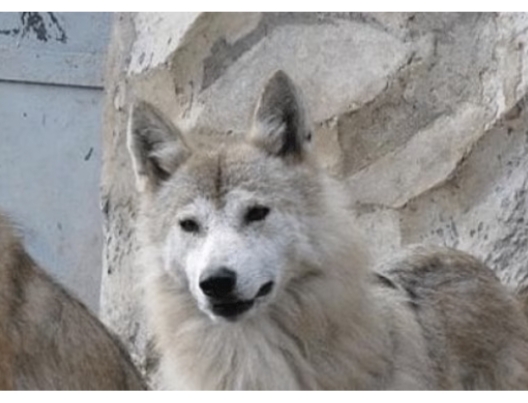Genetically Unique and Endangered, the Himalayan Wolf Faces Declining Population and Habitat Loss
Amit Pandey, Nainital
A recent assessment by the International Union for Conservation of Nature (IUCN) has classified the Himalayan Wolf as “Vulnerable” on the Red List, shedding light on the alarming decline of this genetically unique lupine predator. This assessment, conducted in June 2023, reveals a population of 2,275-3,792 mature adults inhabiting the Himalayan mountain ranges across Nepal, India, and the Tibetan Plateau. However, uncertainties surround these figures, highlighting the urgent need for conservation efforts to safeguard the future of this magnificent species.
Declining Population and Habitat Loss:
The IUCN Red List Assessment emphasizes a concerning trend of declining Himalayan Wolf populations. Ongoing threats and a lack of targeted conservation efforts have contributed to their vulnerable status. In India’s portion of the Himalayas alone, research conducted in 2020 estimates the presence of only 227-378 mature individuals out of a total of 378-630 wolves. Limited additional habitat in Uttarakhand and Sikkim may host a small number of individuals, underscoring the precarious situation faced by the species.
The assessment highlights several significant threats to the Himalayan Wolf’s survival. Depredation conflict arises due to the seasonal or permanent abundance of livestock in wolf habitats, which often serve as summer grazing pastures. Habitat modification, encroachment, and the depletion of wild prey populations exacerbate this conflict, posing a major conservation concern. Additionally, the emerging threat of hybridization with dogs, particularly in Ladakh and Spiti, where feral dog populations are increasing, presents a growing challenge. Illegal hunting for fur and body parts further compounds the peril faced by these majestic creatures.
The Himalayan Wolf’s distinct genetic lineage, separating from the gray wolf approximately 691,000 to 740,000 years ago, sets it apart as a remarkable species. With its thick fur ranging in color from reddish to brown, gray, and black, this lupine predator is well-adapted to withstand the extreme cold of its high-altitude habitat. Residing in grasslands, rocky outcrops, and steep slopes, the Himalayan Wolf relies on these unique ecosystems for its survival.
The vulnerable status of the Himalayan Wolf, combined with a declining population and habitat loss, warrants immediate attention and concerted conservation efforts. Protecting these genetically unique lupine predators is crucial to maintaining the delicate balance of the Himalayan ecosystem. Through collaborative initiatives, increased awareness, and targeted conservation strategies, there remains hope for securing a sustainable future for this iconic species.


